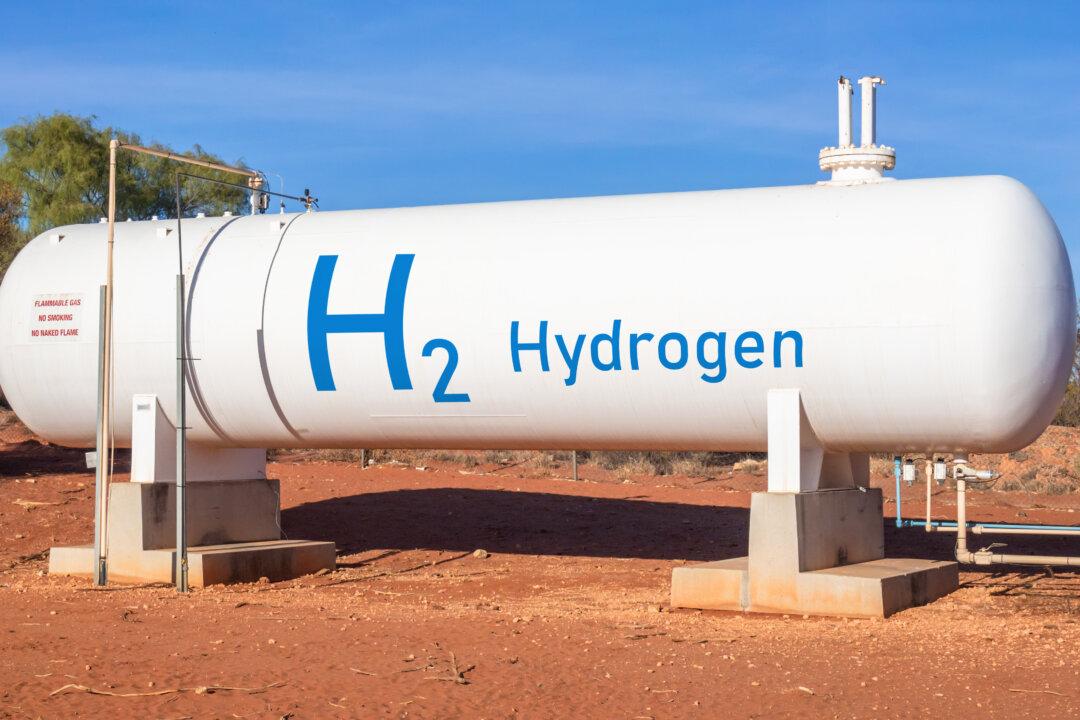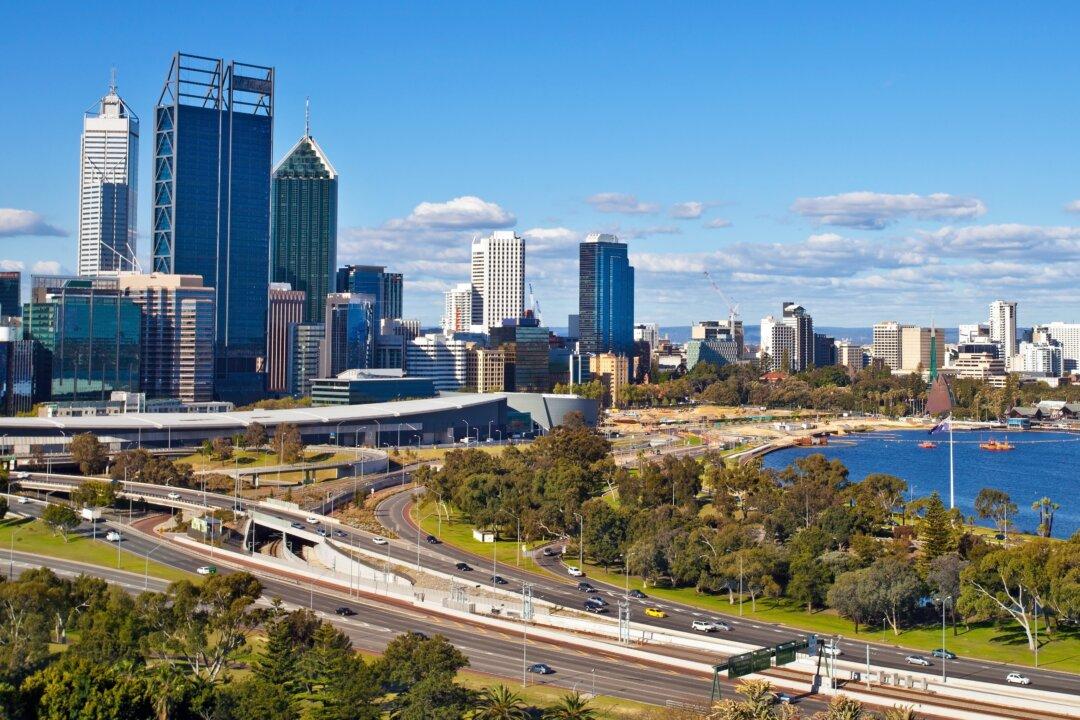The Western Australia (WA) government has spent $1 million on exploring the feasibility of using depleted oil and gas wells, salt caverns, and underground mines to store the vast quantities of hydrogen it plans to produce in the near future.
The state which has its eyes on becoming a hydrogen-making giant and is set to host the world’s biggest facility, the Western Green Energy Hub—a 50 GW (gigawatt) renewable energy hub set to cost $95 billion and be capable of producing 3.5 million tonnes of hydrogen per year.





